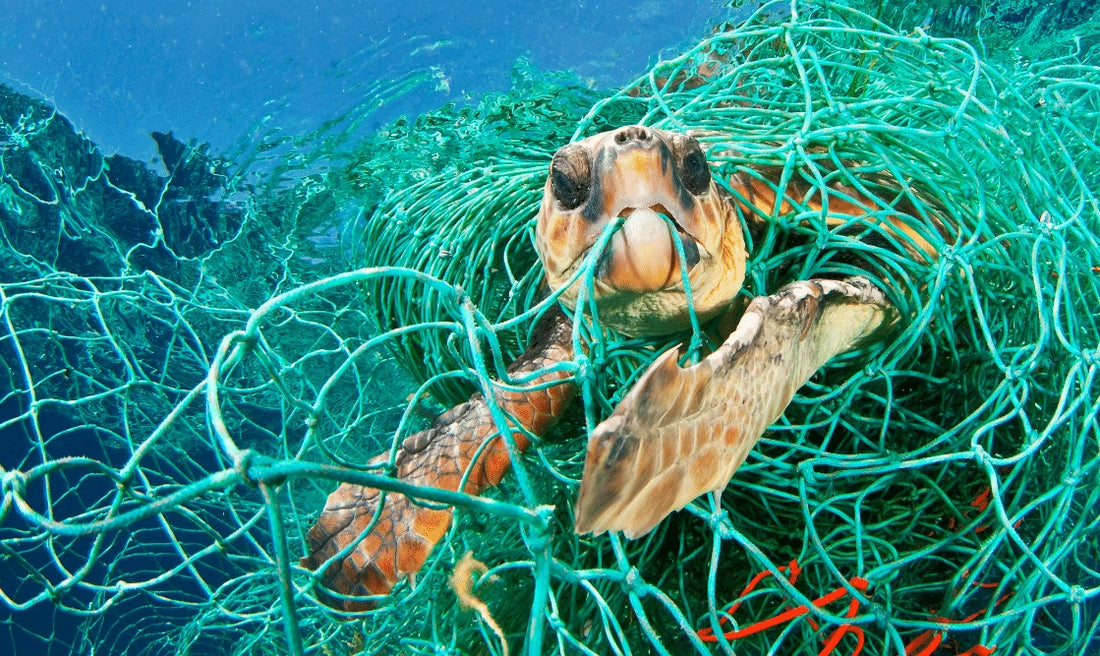
How Long Does Plastic Last In The Ocean
How long does plastic last in the ocean?
Plastic pollution has become one of the most pressing environmental issues of our time. The impact of plastic waste on our oceans is devastating, and understanding the longevity of plastic in marine ecosystems is crucial to comprehend the magnitude of the problem. So, how long does plastic last in the ocean?
The Persistence of Plastic: An Everlasting Threat in Our Oceans
Plastic takes an incredibly long time to break down, with estimates ranging from 20 to 500 years. The duration of degradation depends on various factors, including the type of plastic and the environmental conditions it is exposed to, such as sunlight, temperature, and water currents. Some plastics may break into smaller fragments over time, but they do not truly decompose like organic materials.
In fact, plastic never fully goes away. A significant portion of plastic waste ends up in landfills or the environment, where it persists indefinitely. Only a small percentage, around 9%, of plastic waste is recycled, while 12% is incinerated. The remaining 79% accumulates in our surroundings, contributing to the growing problem of plastic pollution.
A Global Challenge with Severe Consequences
Several countries have been identified as major contributors to ocean plastic pollution. According to a study by Science Advances in 2021, the Philippines tops the list, generating an estimated 356,371 metric tons of plastic waste in the ocean. Other countries on the list include India, Malaysia, China, Indonesia, Myanmar, Brazil, Vietnam, Bangladesh, and Thailand. Notably, many of these countries are developing nations with inadequate waste management infrastructures and high rainfall, factors that increase the likelihood of plastic waste ending up in the ocean.
The consequences of plastic pollution are far-reaching. Marine debris, predominantly composed of plastic, poses threats to both marine life and humans. Animals can become entangled in plastic debris, leading to injuries or death. Additionally, many marine species mistake plastic items for food and ingest them, causing severe health issues. The problem is compounded by the presence of microplastics, which are tiny particles resulting from the breakdown of larger plastic items. Microplastics can enter the food chain and accumulate in the tissues of marine organisms, eventually reaching humans when we consume seafood.
Prevention and Cleanup: The Dual Approach to Combat Marine Pollution
Addressing the issue of marine pollution requires a combination of prevention and cleanup efforts. Preventing plastic pollution involves reducing the use of disposable and single-use plastics, which requires significant changes in societal attitudes and practices. Many countries have started taking action, implementing regulations and bans on certain plastic items. For example, California upheld a statewide ban on plastic bags in 2016, and numerous other nations have enacted similar measures.
Cleanup initiatives are also essential, although they face significant challenges. Some types of debris sink to the ocean floor, making them difficult to retrieve. Floating plastic tends to accumulate in large patches in ocean gyres, such as the infamous Pacific Garbage Patch. These patches consist of plastics and microplastics swirling in the ocean currents. Unfortunately, even promising solutions like biodegradable plastics often break down under conditions that are not typically found in the ocean, rendering them ineffective.
A Glimmer of Hope: Combating Plastic Pollution for a Sustainable Future
While the problem of plastic pollution in our oceans remains daunting, there is hope for change. Awareness of the issue is growing, and more countries are taking action to address plastic waste. With continued efforts to reduce plastic consumption, improve waste management, and develop innovative solutions, we can work towards a cleaner and healthier future for our oceans and the life they sustain.
The numbers associated with plastic pollution are undeniably staggering, with billions of plastic microfibers littering the deep sea and trillions of plastic debris pieces in our oceans. However, by acting collectively and taking steps to combat plastic pollution at its source, we can make a meaningful difference and protect our fragile marine ecosystems for generations to come.
Ethical and Sustainable Clothing Paving the Way to Reduce Ocean Plastic
In the battle against ocean plastic pollution, innovative companies are stepping up to offer ethical and sustainable solutions. One such brand making waves is 2Bodies Swim, Canadian women lead swimwear company committed to reducing plastic waste and promoting sustainability in the fashion industry. They have taken a proactive approach by using recycled nylon made from ocean waste in their production process.
The impact of traditional swimwear production on the environment is significant, with the use of virgin nylon contributing to plastic pollution. However, 2Bodies Swim aims to break this cycle by sourcing their materials from recycled fishing nets and other discarded nylon waste found in our oceans. By transforming these materials into high-quality swimwear, they provide an ethical, transparent and sustainable alternative for conscious consumers.
